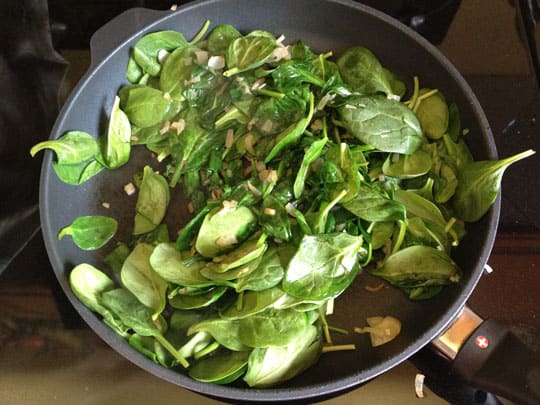I recently overheard a conversation between a couple of women about pumpkin seed oil. “I’m not sure why, but I know I should only use this in salad dressings, and not for cooking,” one of them said. Well, she was right, and so today I thought I’d give you a quick overview of why some oils are great for salads, but not for cooking.
The main reason for choosing different oils for different uses is their composition which, to be very simplistic, dictates the oil’s smoke point. The smoke point literally means the temperature at which the oil smokes. At this temperature, the oil decomposes and produces free radicals (dangerous molecules that are unstable and associated with cancer, inflammatory joint disease, asthma, diabetes, senile dementia and degenerative eye disease, to name a few ).
Oils with lower smoke points are generally mono-unsaturated (which means one double bond) and poly-unsaturated (which means more than one double bond). Essentially, the more double bonds the oil has, the less stable it is for cooking. So, polyunsaturated oils are the LEAST stable for cooking. Saturated fats, on the other hand, are much more stable at higher temperatures, so therefore better for cooking.
My favourite oil to cook with is coconut oil, as it’s almost an entirely saturated fat, so much more stable. Another option too is to steam your vegetables and then drizzle an oil (olive oil or pumpkin seed oil) on top for added flavour afterwards. That way, the oil isn’t actually being heated. Plus, steaming keeps a lot of the nutrients intact.
To conclude, pumpkin seed oil has the highest percentage polyunsaturated fats, which is why it’s best not to use it a high heat.
Mandy King is a Holistic Nutritionist and Gluten Free Guru who shares her expertise with She Does The City. For recipes and nutrition tips, visit her website, HEAL.



 Follow Us On Instagram
Follow Us On Instagram
